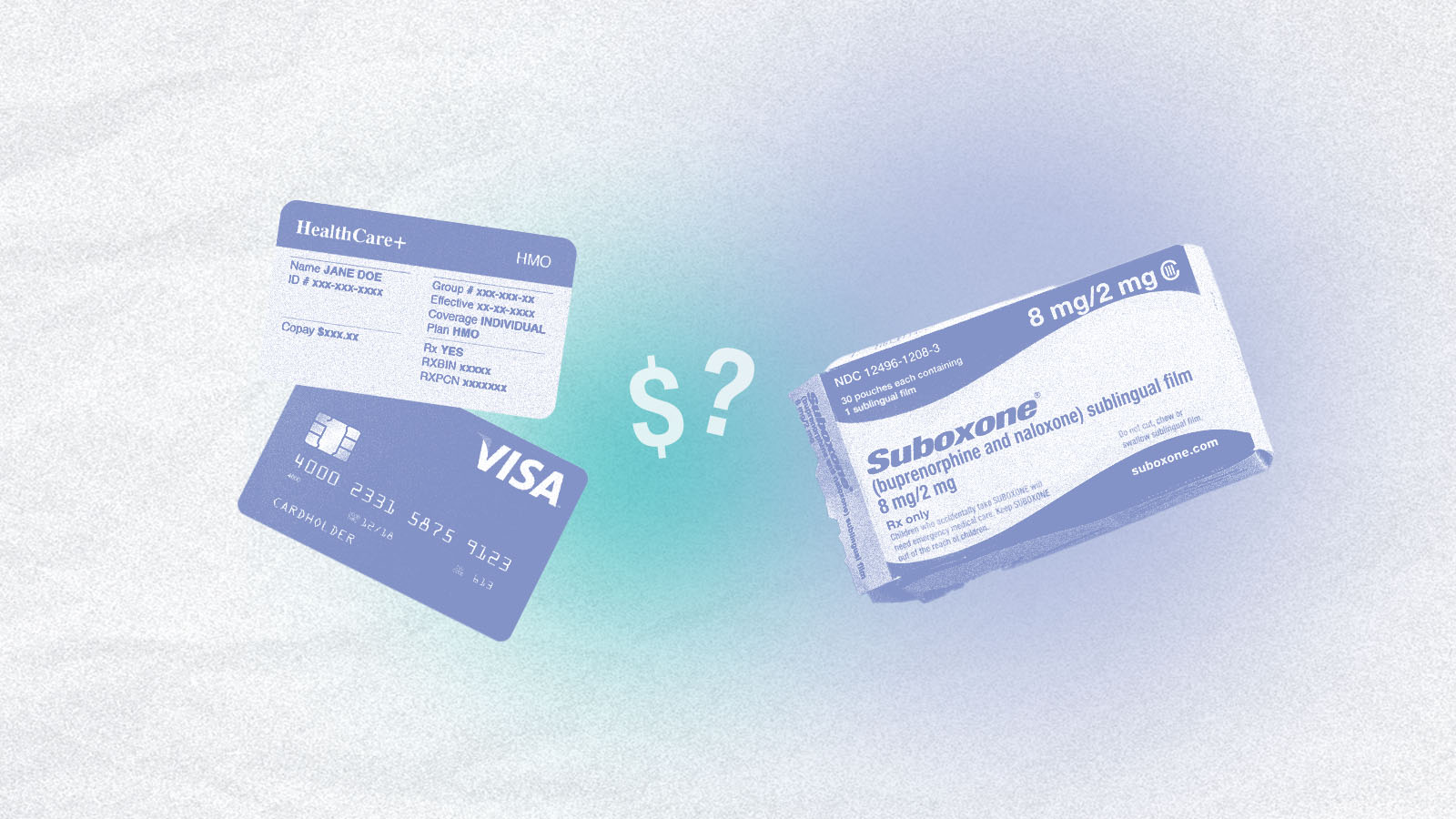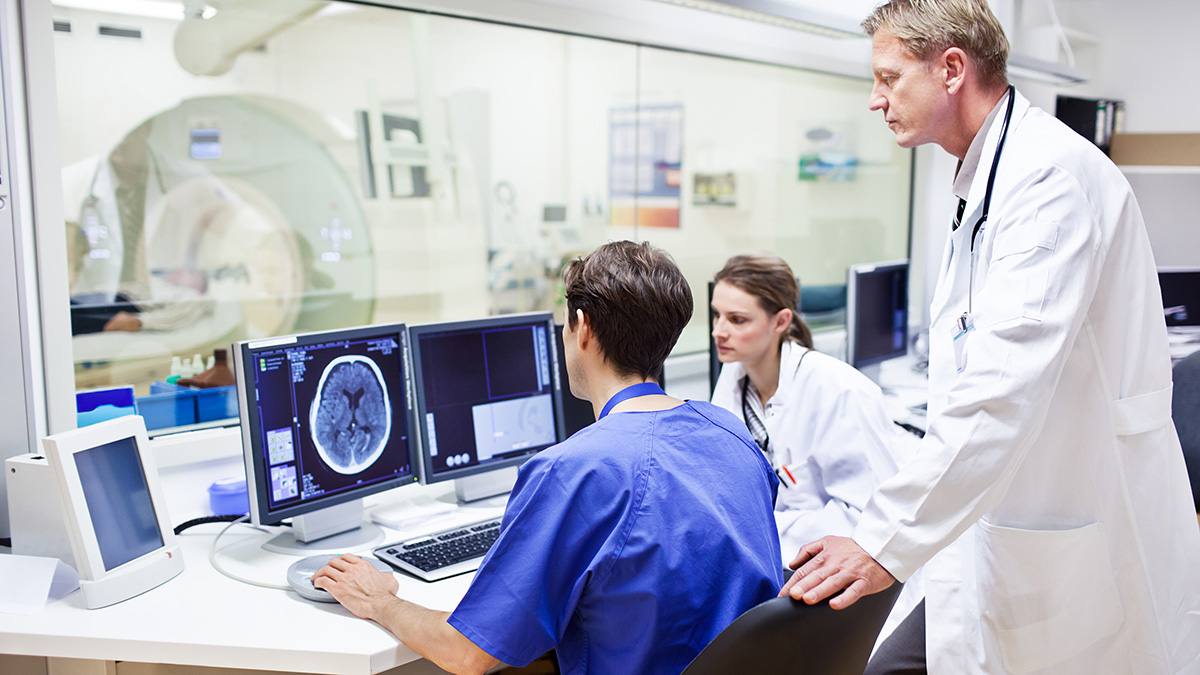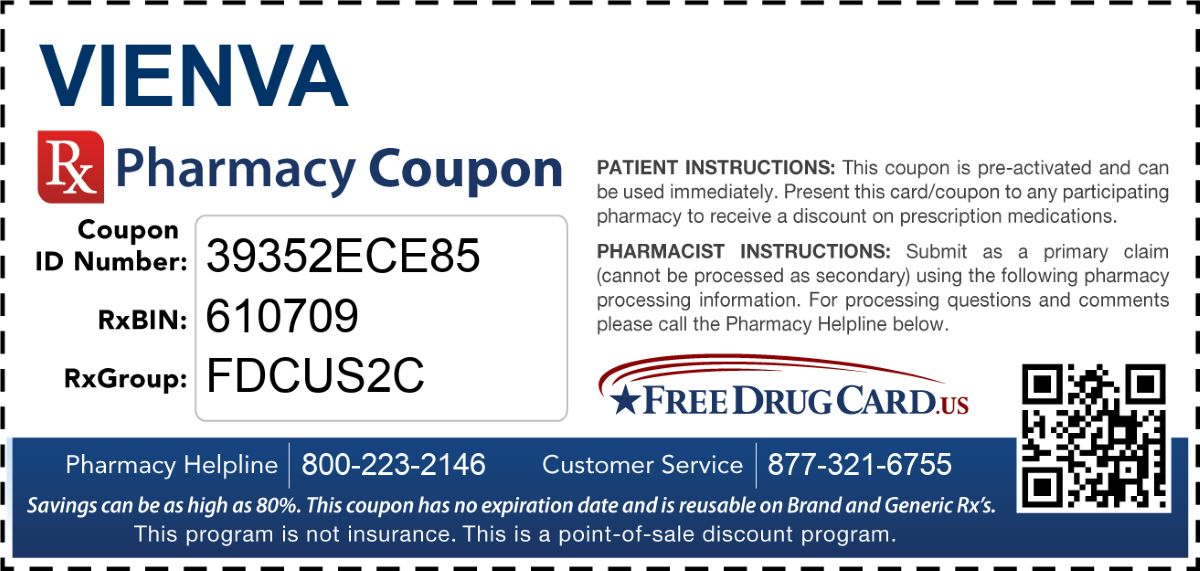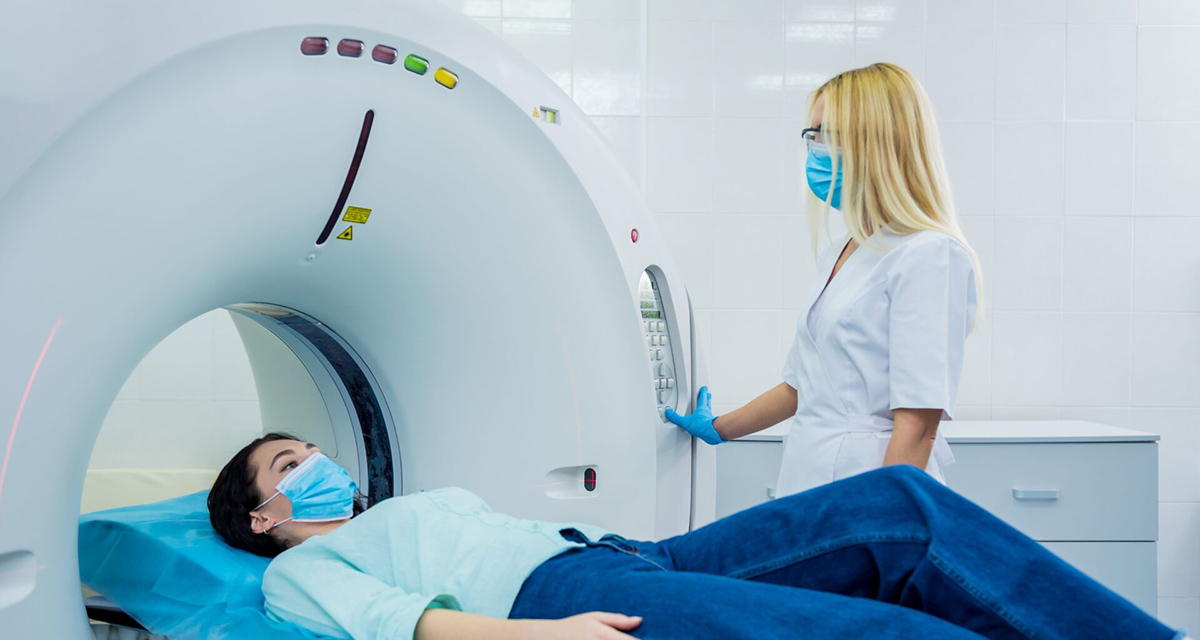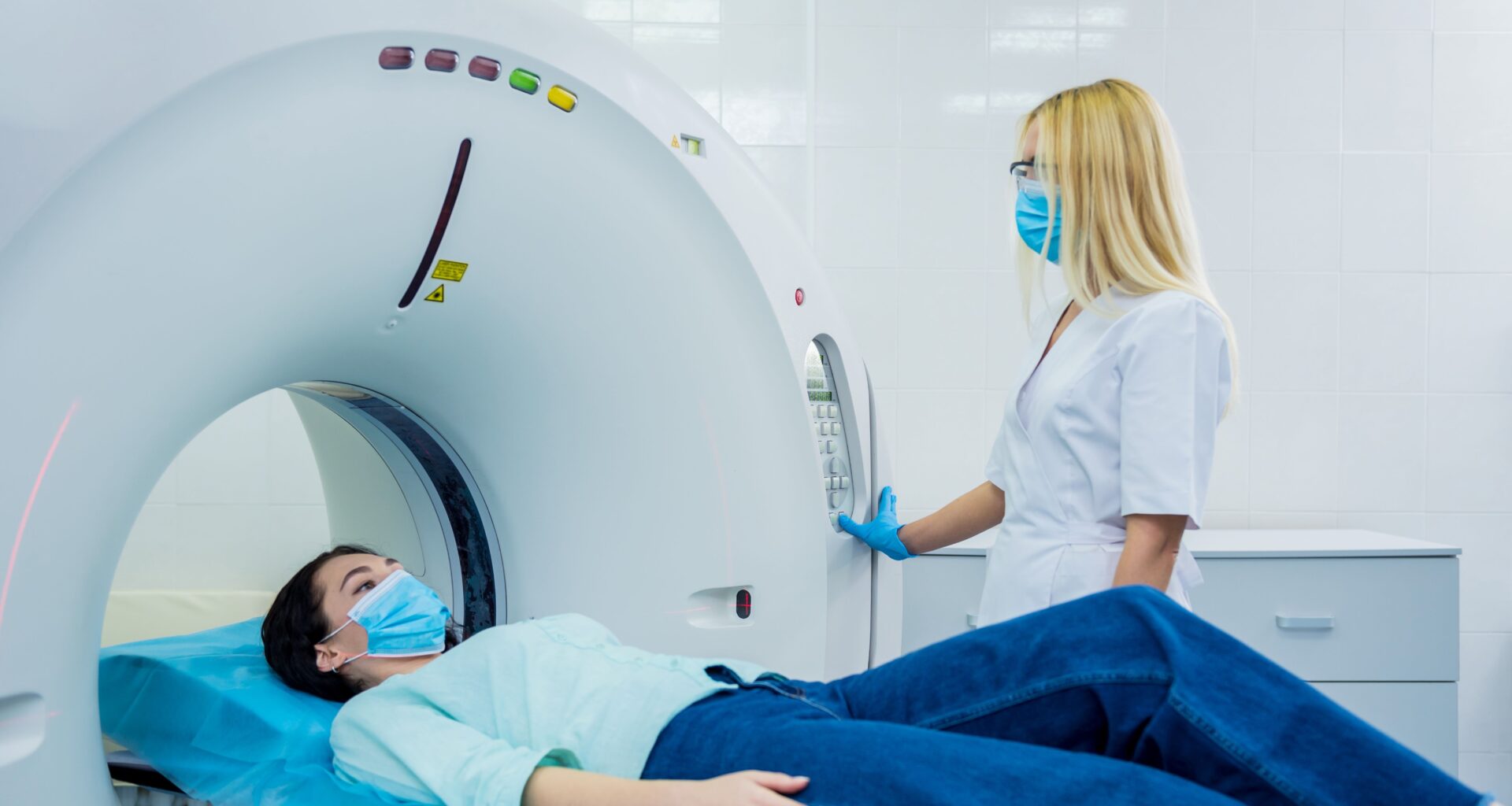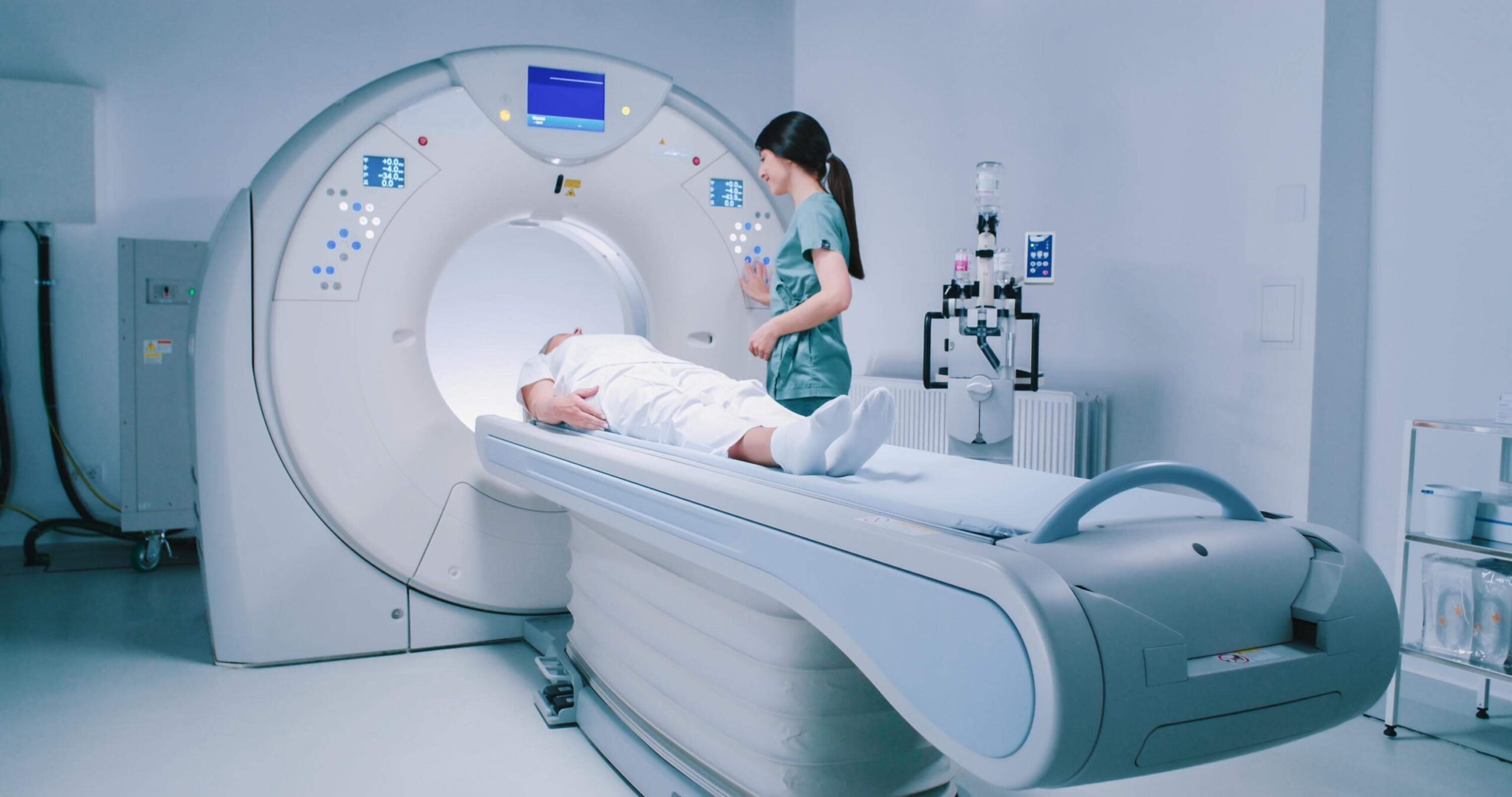

Finance
How Much Is A Pet Scan Without Insurance?
Published: November 6, 2023
Find out the cost of a PET scan without insurance and explore financing options for your medical expenses. Secure your finance for essential healthcare procedures.
(Many of the links in this article redirect to a specific reviewed product. Your purchase of these products through affiliate links helps to generate commission for LiveWell, at no extra cost. Learn more)
Table of Contents
- What is a PET scan?
- How does a PET scan work?
- Why would someone need a PET scan?
- Cost of a PET scan without insurance
- Factors that affect the cost of a PET scan
- Average cost of a PET scan without insurance
- Ways to save on the cost of a PET scan without insurance
- Financing options for a PET scan without insurance
- Conclusion
What is a PET scan?
A Positron Emission Tomography (PET) scan is a specialized medical imaging test that allows doctors to visualize the functioning of organs and tissues in the body. It provides information about cellular activity and metabolism, helping in the diagnosis, staging, and monitoring of various medical conditions.
During a PET scan, a small amount of radioactive tracer is injected into the patient’s body. This tracer is typically a form of glucose, which is taken up by cells in the body. The tracer emits positrons, which are detected by the PET scanner. This information is then processed by a computer to create detailed 3D images of the area being examined.
PET scans are non-invasive and provide valuable insights into the functioning of organs, tissues, and even individual cells. The scan can help doctors determine if there are any abnormalities or changes in cellular activity, allowing for early detection and treatment of various conditions such as cancer, heart disease, neurological disorders, and more.
The data obtained from PET scans can be combined with other imaging techniques, such as computed tomography (CT) or magnetic resonance imaging (MRI), to enhance the accuracy and specificity of the diagnosis. This integrated approach is known as PET-CT or PET-MRI fusion imaging.
Overall, PET scans play a crucial role in modern medicine by providing detailed information about the metabolic and physiological processes occurring within the body. They enable doctors to make informed decisions regarding treatment plans and monitor the effectiveness of interventions.
How does a PET scan work?
A PET scan works by utilizing a combination of radioactive tracers, detectors, and advanced imaging technology to produce detailed images of the internal structures and functions of the body. Here is a step-by-step explanation of how a PET scan works:
- Radioactive tracer injection: The first step in a PET scan is the administration of a small amount of radioactive material called a tracer. This tracer is typically a form of glucose, but other substances specific to certain organs or functions can also be used.
- Uptake by cells: Once injected, the tracer circulates through the body’s bloodstream and is absorbed by cells. The tracer behaves similarly to the body’s naturally occurring molecules, such as glucose, and gets taken up by cells depending on their metabolic activity.
- Emission of positrons: The tracer emits positrons, which are positively charged particles. As positrons collide with negatively charged electrons within the body, they undergo a process called annihilation. During this process, positrons and electrons annihilate each other, releasing gamma rays.
- Detection of gamma rays: Special detectors surrounding the patient’s body, such as a gamma camera or a ring of detectors, are used to capture the gamma rays emitted during the annihilation process. These detectors can detect the precise location and intensity of gamma ray emissions, creating a comprehensive data set.
- Data processing and image creation: The collected data is sent to a computer, which reconstructs the information into detailed 3D images of the body. These images display different levels of radioactive tracer uptake, which correspond to the metabolic activity of specific tissues and organs.
- Image interpretation: Finally, a trained radiologist interprets the PET scan images, analyzing the distribution and intensity of the tracer uptake. This evaluation provides valuable insights into the functioning and health of the organs and tissues being examined.
By highlighting areas of increased or decreased metabolic activity, PET scans can help diagnose and monitor conditions such as cancer, heart disease, brain disorders, and various inflammatory and infectious diseases. The combination of metabolic information with anatomical imaging from techniques like CT or MRI enhances the accuracy and specificity of the results.
Overall, the intricate process of a PET scan allows medical professionals to gain a deeper understanding of the body’s metabolic processes and enables them to make more accurate diagnoses and treatment decisions.
Why would someone need a PET scan?
PET scans are a valuable diagnostic tool used in various medical specialties. They provide essential information about the metabolic activity and functioning of organs and tissues in the body. Here are some common reasons why someone may need a PET scan:
- Cancer diagnosis and staging: PET scans are frequently used in oncology to detect and stage various types of cancer. By identifying areas of increased metabolic activity, PET scans can help determine if cancer is present and if it has spread to other parts of the body. They also aid in treatment planning and monitoring treatment effectiveness.
- Cardiovascular disease evaluation: PET scans can assess blood flow, heart function, and tissue viability in individuals with heart disease. They are used to diagnose and evaluate conditions such as coronary artery disease, myocardial infarction (heart attack), and heart muscle abnormalities.
- Neurological disorders: PET scans play a crucial role in diagnosing and assessing the progression of neurological disorders. They can help identify areas of abnormal brain activity and assist in the diagnosis of conditions such as Alzheimer’s disease, Parkinson’s disease, epilepsy, and brain tumors.
- Infectious disease detection: PET scans can aid in the identification and localization of infectious diseases, such as abscesses and osteomyelitis. The scans can help differentiate between active infections and areas of inflammation.
- Monitoring treatment response: PET scans are useful for monitoring the effectiveness of cancer treatments, such as chemotherapy and radiation therapy. The scans can detect changes in tumor size, metabolic activity, and treatment response over time, allowing for adjustments to the treatment plan.
- Evaluation of brain disorders: PET scans provide valuable insights into various brain disorders, including psychiatric conditions such as depression and schizophrenia. They can help determine the specific regions of the brain involved in these disorders and guide treatment decisions.
PET scans are also utilized in other specialties, such as orthopedics, rheumatology, and gastroenterology, to assess conditions like bone infections, rheumatoid arthritis, and inflammatory bowel diseases.
It’s important to note that the decision to undergo a PET scan is based on a thorough evaluation by a medical professional. Factors such as medical history, symptoms, and previous imaging results will guide the decision-making process and help determine if a PET scan is necessary.
Cost of a PET scan without insurance
Without insurance, the cost of a PET scan can vary significantly depending on several factors such as the facility, location, additional services required, and the specific purpose of the scan. PET scans are generally expensive due to the sophisticated technology and expertise involved in the procedure.
The cost of a PET scan without insurance can range from several hundred dollars to several thousand dollars. On average, the price for a PET scan can range between $1,000 and $5,000.
It is important to note that this cost typically covers the technical component of the scan, which includes the use of the scan equipment and the interpretation of the results by a radiologist. Additional costs may be incurred if additional services are required, such as the use of contrast agents or the need for specialized image processing.
It is worth mentioning that the cost may vary depending on the geographic location. PET scan prices in urban centers or regions with a higher cost of living may be higher compared to rural or less populated areas.
Furthermore, the specific purpose of the PET scan may also impact the cost. For example, a PET scan for cancer diagnosis or staging may involve multiple images and is likely to be more expensive compared to a scan for evaluating heart function or brain disorders.
Without insurance, the cost of a PET scan can be a significant financial burden for individuals. It is important to inquire about the cost upfront and discuss payment options with the healthcare provider or the imaging facility. Many facilities offer payment plans, discounts for upfront payments, or financial assistance programs to help individuals manage the cost.
If you require a PET scan and do not have insurance, it is advisable to explore all available options, including seeking assistance from local healthcare organizations, negotiating the cost with the facility, or considering financing options to make the procedure more affordable.
Factors that affect the cost of a PET scan
The cost of a PET scan can vary depending on several factors that influence the overall pricing of the procedure. Understanding these factors can help individuals anticipate the potential costs and make informed decisions. Here are some key factors that can affect the cost of a PET scan:
- Geographic location: The cost of a PET scan can vary based on the geographic location of the facility. Urban areas or regions with a higher cost of living generally have higher prices for medical procedures, including PET scans. On the other hand, rural or less populated areas may offer lower prices.
- Facility and equipment: The type of facility and the quality of equipment used can impact the cost of a PET scan. Facilities that offer state-of-the-art technology and equipment may charge higher prices for their services.
- Additional services: The cost of a PET scan may also be influenced by any additional services required. For example, the use of contrast agents or specialized image processing techniques may come with an extra cost.
- Purpose of the scan: The specific purpose of the PET scan can affect its cost. Scans for cancer diagnosis or staging, which typically involve multiple images and more extensive analysis, are likely to be more expensive compared to scans for evaluating heart function or brain disorders.
- Provider and expertise: The experience and expertise of the healthcare provider or radiologist can also impact the cost. Facilities with highly skilled professionals may charge higher fees for their services.
- Utilization of PET-CT or PET-MRI fusion imaging: PET scans can be combined with CT or MRI scans to provide more detailed and accurate results. The utilization of these fusion imaging techniques may increase the overall cost of the procedure.
It’s important to keep in mind that these factors can vary from one healthcare facility to another. It’s advisable to explore multiple options, compare prices, and inquire about any additional charges or discounts available. Consulting with your healthcare provider and discussing your financial situation can also help in determining the best course of action.
Remember to inquire about payment plans, discounts, or financial assistance programs that may be available to help manage the cost of a PET scan. By being informed and proactive, individuals can make more informed decisions and potentially alleviate some of the financial burden associated with this diagnostic procedure.
Average cost of a PET scan without insurance
Without insurance coverage, the cost of a PET scan can vary significantly depending on various factors such as the geographic location, facility, additional services required, and the purpose of the scan. While prices can fluctuate, it’s helpful to have an understanding of the average cost range for a PET scan without insurance.
On average, the cost of a PET scan without insurance typically falls between $1,000 and $5,000. However, it’s important to note that this is just an estimate, and the actual cost can be lower or higher depending on the factors mentioned above.
The geographic location plays a significant role in determining the cost, with urban areas and regions with a higher cost of living generally having higher prices. On the other hand, rural or less populated areas may offer more affordable options.
The purpose of the scan can also influence the cost. A PET scan for cancer diagnosis or staging, which may involve multiple images and more extensive analysis, is likely to be more expensive compared to scans performed for evaluating heart function or brain disorders.
In addition, the specific facility and the equipment used can impact the cost of a PET scan. Facilities with advanced technology and state-of-the-art equipment may have higher prices compared to those with less specialized equipment.
It’s important to keep in mind that the cost mentioned above typically includes the technical component of the scan, including the use of the scan equipment and the interpretation of the results by a radiologist. However, additional costs may be incurred if other services, such as contrast agents or specialized image processing, are required.
It’s worth noting that these are rough estimates, and the actual cost can vary. Prices can be negotiated with the healthcare provider or the imaging facility, and payment plans, discounts, or financial assistance programs may be available to help manage the cost.
If you are considering a PET scan without insurance coverage, it is advisable to contact multiple facilities in your area, discuss the specific requirements of your scan, and inquire about their pricing and available financial options. This will allow you to make an informed decision and potentially find more affordable options that meet your needs.
Ways to save on the cost of a PET scan without insurance
While the cost of a PET scan without insurance can be significant, there are several strategies individuals can employ to help save on the overall expenses. Here are some ways to reduce the cost of a PET scan:
- Shop around and compare prices: Contact multiple healthcare facilities or imaging centers in your area to compare the cost of a PET scan. Prices can vary, so it’s essential to inquire about any discounts or payment plans they may offer.
- Consider traveling to a different location: If feasible, explore the possibility of traveling to a different city or region where the cost of a PET scan may be more affordable. Ensure to factor in any additional expenses associated with traveling.
- Ask for upfront payment discounts: Some healthcare facilities may offer discounts if you pay for the PET scan upfront. Inquire about any cash discounts or payment incentives that may be available.
- Discuss payment plans: Many imaging centers and healthcare facilities offer payment plans to help individuals manage the cost of a PET scan. Inquire about flexible payment options that allow you to spread out the cost over time.
- Look for financial assistance programs: Some healthcare organizations, nonprofits, or foundations offer financial assistance programs to help individuals with the cost of medical procedures. Research and reach out to local organizations to see if any assistance is available in your area.
- Check for eligibility for government programs: Depending on your circumstances, you may be eligible for government programs or assistance that can help cover the cost of a PET scan. Explore options such as Medicaid or local healthcare assistance programs.
- Discuss your financial situation with the provider: Openly communicate with the healthcare provider or imaging center about your financial situation. They may be willing to work out a payment plan or offer discounts based on your specific circumstances.
- Consider clinical trials: In some cases, participating in a clinical trial may provide access to a PET scan at a reduced cost or even for free. Discuss with your healthcare provider if there are any ongoing trials that you may be eligible for.
Remember, it’s crucial not to compromise on the quality and accuracy of the PET scan when exploring cost-saving options. Ensure that you are still receiving the necessary level of expertise and proper equipment for an accurate diagnosis.
By proactively seeking out cost-saving measures and discussing your financial concerns with the healthcare provider or imaging facility, you can potentially find ways to make a PET scan more affordable without insurance coverage.
Financing options for a PET scan without insurance
If you require a PET scan without insurance coverage, there are a few financing options available to help manage the cost of the procedure. These options can help alleviate the financial burden and ensure that you have access to necessary medical imaging. Here are some financing options to consider:
- Payment plans: Many healthcare facilities and imaging centers offer payment plans for individuals who are unable to pay the full cost of a PET scan upfront. These payment plans allow you to spread out the cost over a period of time, often with no interest or low-interest rates.
- Medical credit cards: Some medical credit cards or healthcare financing options specifically cater to individuals seeking financial assistance for medical procedures. These credit cards often offer promotional periods with low or zero-interest rates, making it easier to manage the cost of a PET scan.
- Personal loans: Taking out a personal loan from a bank, credit union, or an online lender can also be an option to finance the cost of a PET scan. It’s important to compare interest rates and repayment terms to find the best possible loan terms for your financial situation.
- Healthcare financing companies: There are specialized healthcare financing companies that offer loans specifically for medical expenses. These companies may have more flexible repayment options and lower interest rates compared to traditional personal loans.
- Charitable organizations and grants: Certain charitable organizations or grants provide financial assistance to individuals in need of medical procedures. Research local and national organizations or foundations that offer grants or assistance for PET scans and inquire about their eligibility criteria.
- Government assistance programs: Depending on your financial situation and eligibility, you may qualify for government assistance programs that help cover the cost of medical procedures. Programs such as Medicaid or state-specific healthcare assistance programs can provide financial support.
Prior to pursuing any financing option, it’s important to thoroughly research and understand the terms and conditions, interest rates, and repayment terms associated with each option. Take the time to evaluate your financial situation and choose the option that best suits your needs and ability to repay.
Additionally, communicating with the healthcare provider or imaging facility about your financial situation is essential. They may have additional resources or information about financing options that can help make a PET scan more affordable for you.
By exploring these financing options and discussing your financial concerns with the relevant parties, you can ensure that you receive the necessary medical imaging without overwhelming financial strain.
Conclusion
PET scans are a valuable medical imaging tool that provides crucial information about the functioning and metabolism of organs and tissues in the body. However, the cost of a PET scan without insurance can be a financial burden for individuals. It is important to explore different options and strategies to make the procedure more affordable.
Factors such as geographic location, facility, purpose of the scan, and additional services required can influence the cost of a PET scan. By shopping around, comparing prices, and discussing payment options with healthcare providers, individuals can potentially find lower-cost alternatives or negotiate discounts.
Financing options such as payment plans, medical credit cards, personal loans, and assistance programs can help manage the cost of a PET scan. Exploring these options, as well as discussing your financial situation with the relevant parties, is crucial in finding a solution that suits your needs and budget.
Remember, the cost of a PET scan should not deter individuals from seeking necessary medical imaging. It is essential to prioritize your health and well-being. Discussing financial concerns with healthcare providers or imaging facilities can lead to finding compassionate solutions or alternative payment arrangements.
Ultimately, by being proactive, informed, and open about your financial situation, you can navigate the cost of a PET scan without insurance and ensure access to the diagnostic tools needed for accurate diagnosis, treatment planning, and monitoring of medical conditions.

